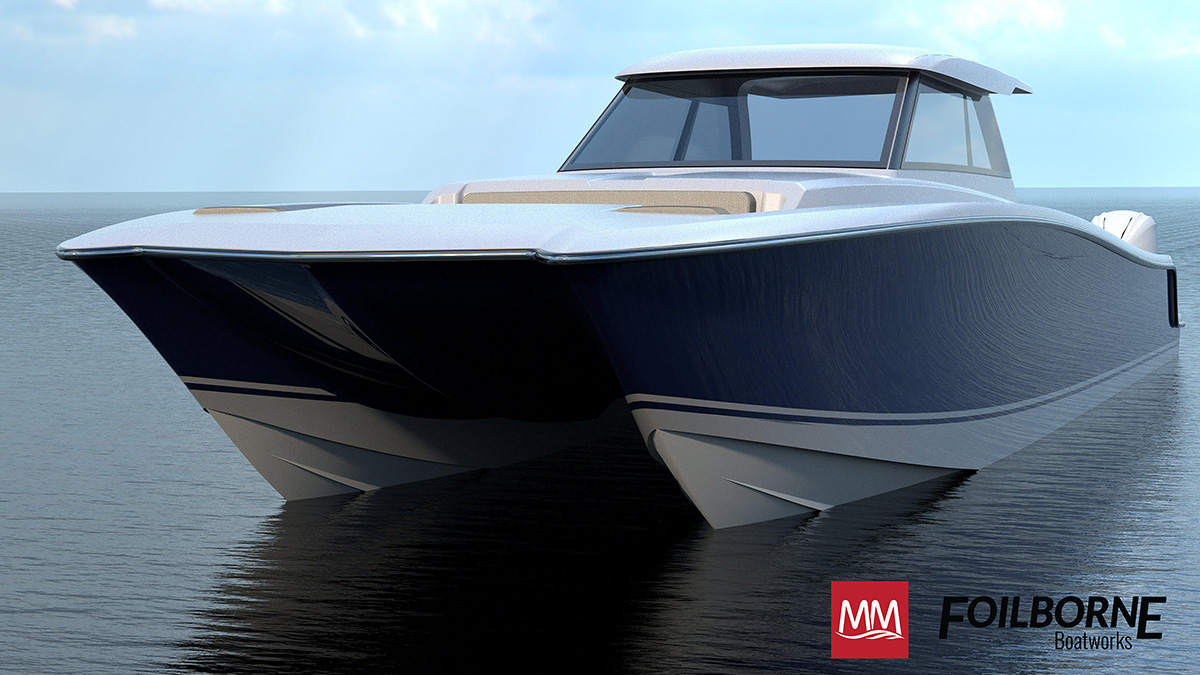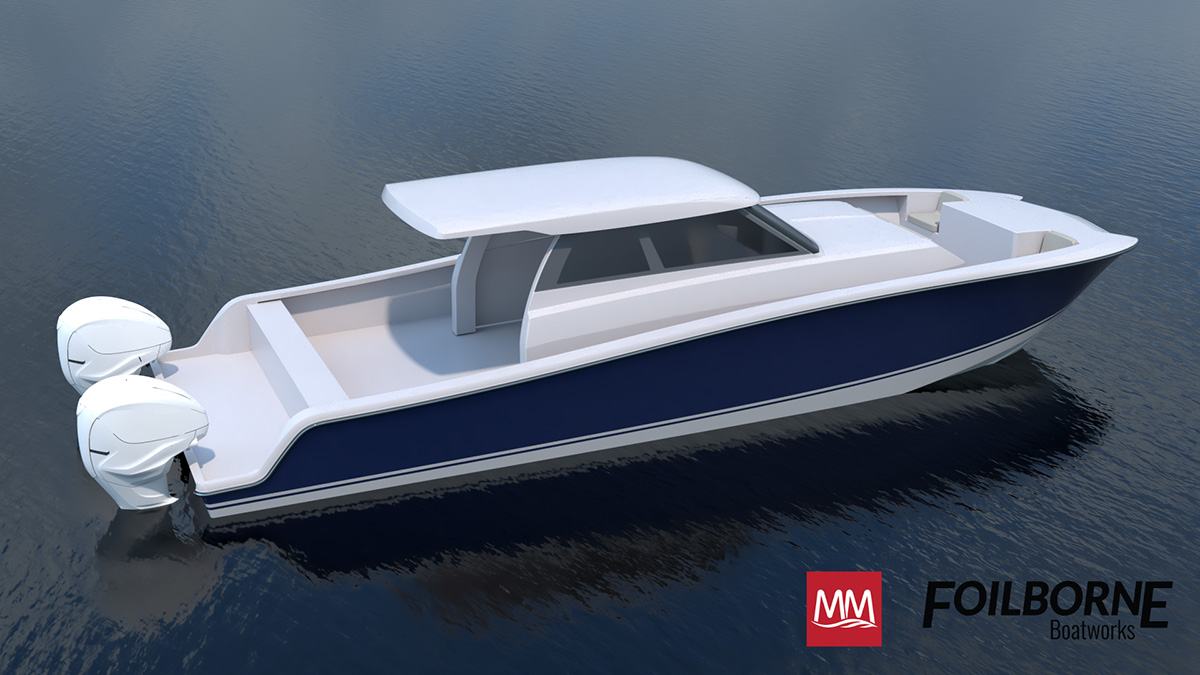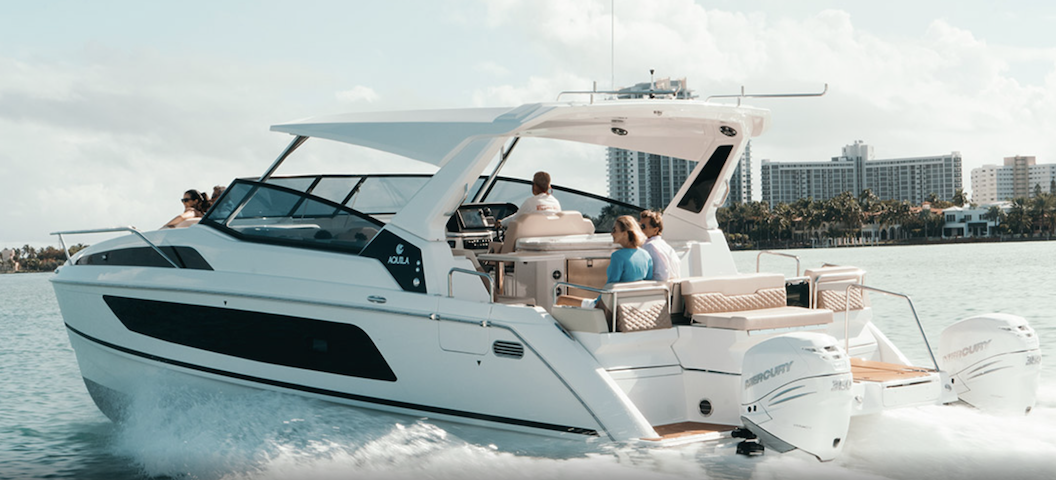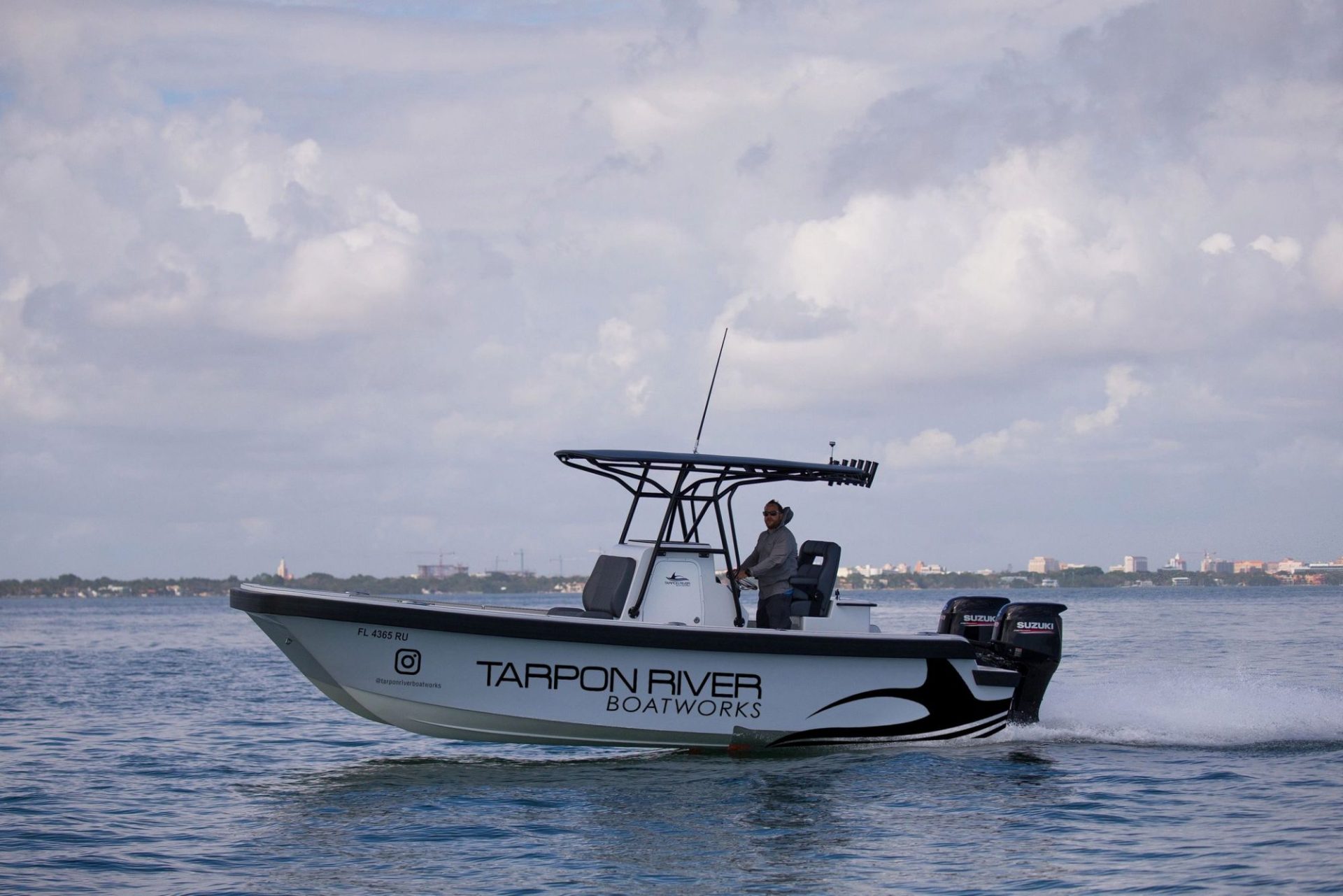In what ways can foil-assisted technology be harnessed?
It’s very interesting. It was originally developed by a guy named (Professor) Gunter Hoppe in South Africa back in the late 1970s and early 1980s. He and his team created foil assisted catamarans that were achieving 30 or 40 percent better fuel economy with reduced power which was fantastic. But it never really took off in the mainstream and part of it was the boats tended to have quirky handling in some conditions. We have learned from our own experimentation, they have very specific uses and are not for every client. So in 2014 after the America’s Cup we had a little bit more time to dig back into that and we did and R&D program where we designed a number of different foil systems and then actually tested them on a boat we have here locally.
We made five different sets of foils and tried a bunch of different variations and came up with something that not only performed better but also had better seakeeping and handling.
What models can we look at that with those improvements?
There are a couple currently in production. One is a retro-fit; we retro -fitted a foil to a power catamaran the Aquila 36. That’s been a big success on that boat. Then we have a 24-footer that has stepped hull and a foil. It’s called a Tarpon River for a company based in Florida. We think that’s really the next big breakthrough – we’re seeing amazing efficiency and even better seakeeping with that shape. We are developing a couple more models with them. We also have a few more on the drawing board and in tooling development now. One is called a Foilborne 40 with a stepped hull and our foil system on it. It’s all about efficiency gain and improving the boat.
Depending on the boat what are the ballpark figures in terms of those efficiency gains?
Typically, in the 30 to 40 percent range. It’s incredible. When you are doing a new design, even with these fancy new design tools we have we struggle to get five percent resistance (total hull resistance or RT), that’s pretty good. You spend a lot of effort to achieve that. Stick one of these foils on and you’re getting a 35-40 percent improvement. That also means there are significant gains in terms of fuel and economy and you get what we call a positive design spiral. So, if you are designing a boat and you know you are going to put a foil on it, you could do with 30 percent less power, which weighs and costs less. You can put in smaller fuel tanks and that means space gains elsewhere.
Is it also applicable as you move up the size range?
It would definitely work on larger boats as well, and it has been tried on ferries. We are doing a couple of studies on that right now. The gains aren’t as big – the high speed ferries 30, 40,50 metres in length – they are more efficient inherently than a planing boat because they have a long skinny displacement shape. There is still a 15-20 percent improvement and over the life of the boat that’s a lot.
morrellimelvin.com








